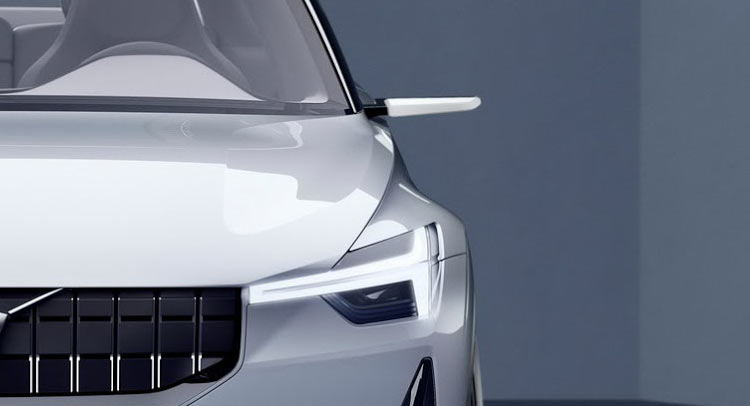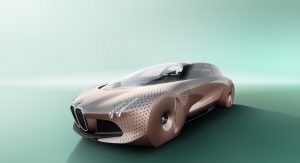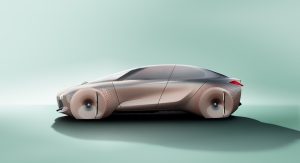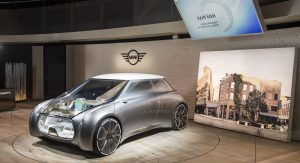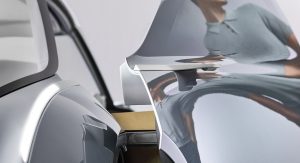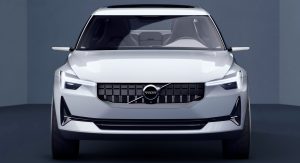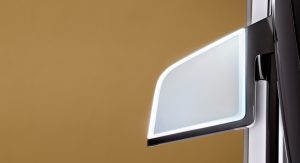As car designers went to great lengths in order to hide or eliminate the need of wing mirrors in concept cars (throughout the years), in the real world, things evolved differently.
As opposed to the unobtrusive camera lenses that replaced the conventional elements in show cars, manufacturers began to offer bigger and bigger side mirrors in order to help the driver see better behind and to the sides of the vehicle, while respecting safety standards.
It’s clear that, at one point, glass mirrors will be a thing of the past, as companies will drop them in favor of video screens, but until then, they’ll have to wait for the legislation to change.
Last month, however, the idea came closer to reality in Japan, which became one of the first countries to allow vehicles to use cameras instead of mirrors, as AutoNews reports.
“Video mirrors” will (probably) evolve into a huge marketplace for tech businesses and suppliers, as the Land of the Rising Sun gave Japanese companies a head start by allowing mirrorless vehicles.
Apart from becoming a profitable industry, camera-based systems have many real-world advantages as well. They can reduce drag, improve fuel efficiency and even improve the looks of a vehicle; all this while capturing a wide angle view that can see blind spots. They can also improve visibility by digitally compensating for glare, darkness or even rainy weather.
Ichikoh will be one of the first suppliers to offer digital mirrors, as its first product will be an interior rear-view mirror that has a double function. Named the Smart Rear View Monitor, it entered production June 28 for a customer that will use it in a vehicle that goes on sale in Japan in August, although Ichikoh identified the customer only as a Japanese carmaker with plans to use the video monitor in a mid-range, low-volume nameplate.



